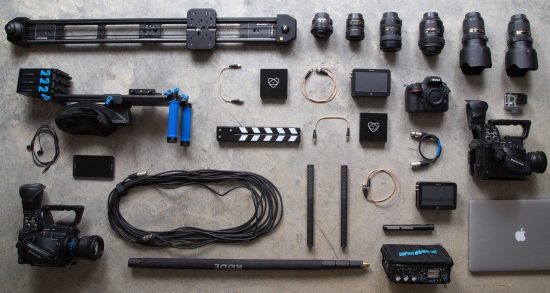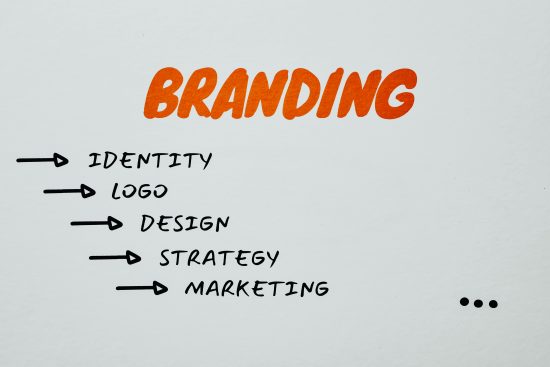
Why You Should Consider Utilising Video in Your Business
When it comes to running a business and striving to make it as successful as possible, there are a huge number of different possible factors to consider, and avenues to think about exploring.
For one thing, it’s important to have a clear sense of what “need” you are trying to address in the life of the respective client or customer. For another thing, you have to be good at managing your financial resources, and at focusing your efforts in alignment with a broad and long-term vision of what you want your business to achieve.
In addition to all of that stuff, however, there are certain specific techniques and approaches that you can utilise in terms of your communications and marketing materials, in particular, that can really end up making quite a dramatic difference.
Utilising video in your business, whether that involves contacting a professional Video Production Agency or relying on your own video editing skills, seems to be one of the most popular and potentially fruitful approaches out there.
Here are some reasons why you should consider utilising video in your business.
It allows for much snappier and faster communication than written text often does
With written text, it’s certainly possible to have a snappy and potent slogan, catchphrase, or webpage header. But it’s very difficult to communicate core ideas as quickly and effectively by any other means, as by video.
Video naturally runs at the speed of speech, while simultaneously including the possibility of other communication elements that can ensure that you are able to distil and convey the key points about your business quickly and efficiently.
One of the benefits of this is that whoever is watching your videos will likely leave with a good sense of what you’re about.
It allows you to communicate with your prospective customers through various different modalities at once
One of the magical things about using video when trying to communicate with anyone, is the simple fact that video allows you to communicate with people through various different modalities at once.
In other words, you’re not just communicating through words alone as you would be in the case of writing. With video, you can include facial expressions, body language, intonation, and most of the other subtle aspects of communication that actually appear to convey more than words, themselves, do.
In addition to all those things, video can also include design elements, music, graphical displays, and all sorts of other features and elements that can make a powerful and lasting impact.
People generally tend to absorb information most effectively, and have their feelings about a topic influenced, by forms of communication that address them in various different modalities at once, and that don’t simply rely on appealing to people’s linguistic memory.
It creates much more of a sense of personal connection than written text does
Increasingly in the world today, people by and large are looking for authenticity and a sense of earnestness and enthusiasm – both in life, in general, but also with regards to the kinds of businesses whose services they use.
Video is a great way of establishing a much more personal connection with a prospective customer than written text alone can, because with video you have the option of putting a real human being in front of the camera, and having them communicate a message to whoever is watching.
Particularly if you start running a video series, and bring the same individual in front of an audience on a regular basis, rapport can more easily form, and you can begin opening a two-way conversation with prospective customers that can have a wide variety of different potential positive outcomes.
It seems to be the way of the future
It would be pretty difficult to not notice the fact that video seems to be an essential component of the direction things are heading in, with regards to general communication technology, and the Internet in particular.
Today, FaceTime and WhatsApp video calls are ubiquitous, and – particularly during the COVID-19 pandemic – businesses have increasingly been handling internal communications and meetings via various forms of videoconferencing.
Many businesses today still don’t do anything much with video, but it seems the trend is firmly set in the direction of things like video having an increasingly significant influence going forward.
Putting yourself in a position to be at the crest of the wave might be great for the future of your business, and your overall ability to remain dynamic and effective.
Of course, if you are actively staying engaged with video communications, presentations, and marketing materials, you’re likely to be pretty well poised to also notice adjustments and new developments as they arise, and to pivot and capitalise on those as well.
Maybe tomorrow the next big thing will be virtual reality welcome messages on websites – but even if that’s the case, you’ll be in a better position to pivot towards that if you already have a good amount of experience in utilising video.
It can often grab people’s attention particularly effectively
Every now and then, new graphs appear showing the results of surveys on how people divide their attention online, and how much time they’re willing to spend viewing particular web pages, or engaging with particular forms of content, before clicking away.
Inevitably, the trend seems to be that people have a very small amount of patience for most content on the web, and short attention spans for any written content – with the general pattern being that the title and first paragraph will get skimmed and not much else.
A clear consequence of this is that one of the most pressing issues facing businesses in general and marketers in particular, is finding out how to grab people’s attention.
Simply put, video can often grab people’s attention very effectively and very quickly, depending on how well put together the video is.
If you can hook someone with a strong visual element in the first couple of seconds of a video, they are much more likely to watch the rest of the video than to read through a mountain of written content on a landing page.

 My name is Garlak Theodorakis, I am graphic designer with almost 10 year experience in the field. Founded Tooft.com in january 2010 with idea to share my knowledge with the world.
My name is Garlak Theodorakis, I am graphic designer with almost 10 year experience in the field. Founded Tooft.com in january 2010 with idea to share my knowledge with the world.






